Engines to power China's multiuse carriers, key to developing outer space
China's rocket scientists and engineers have been working on creating reusable rockets for several years and have recently made substantial progress.
The latest advance was the successful re-ignition test of the 130-metric-ton heavy-thrust liquid-propellant engine that will be tasked with lifting the reusable carrier rockets currently under development.
During the test, which took place in Xi'an in Shaanxi province on Saturday morning, the new reusable engine was successfully ignited twice and worked well both times, according to its developer the Academy of Aerospace Propulsion Technology, a subsidiary of China Aerospace Science and Technology Corp.
In a news release, the academy said that the engine is notable for its capability and reliability and incorporates advanced technology such as a continuous variable thrust system.
It will eventually be used on reusable spacecraft that will be key to maintaining the country's space station, and will also allow for large-scale, low-cost space transportation.
The engine can be used up to 10 times, its designers said.
Wu Peixin, an aerospace industry observer, said that the engines on standard rockets only need to be successfully ignited once, while those on a reusable model must still be able to operate well after their second ignition to ensure safe atmospheric reentry and landing, so their design and components must be extremely reliable.
"So the test's success is truly an achievement as it showed that Chinese engineers are now able to build reusable engines," he said.
Engineers at the China Academy of Launch Vehicle Technology in Beijing, the largest maker of carrier rockets in the country, are working on the development of multiple reusable rockets including a next-generation type dedicated to sending astronauts to space.
Wang Xiaojun, president of the Beijing academy, told an international forum in mid-February that the new astronaut-carrying rocket, which has yet to be named, will come in two models; the first will consist of a two-stage core booster and will be used to transport astronauts or cargo to the Tiangong space station, the second will have a three-stage core booster and multiple side boosters and will be tasked with carrying astronauts and their craft to the moon.
The first two stages of the core boosters on both models will basically be identical while there will be a third stage for the moon rocket.
The first stage will be reusable, Wang said, explaining that the booster will experience a controlled, powered landing and will be captured in a special recovery net.
In addition, the development of the reusable variant of the Long March 8 rocket is also proceeding well, according to Jiang Jie, a top scientist at the Beijing academy.
"A reusable space transportation system will substantially improve China's capacity to visit and develop outer space," she said in March.
Jiang said designers of the Long March 8 reusable variant have been focusing on several crucial subsystems such as the low-speed landing navigation and guidance apparatus and foldable landing buffer.
The best-known reusable rocket is SpaceX's Falcon Heavy, which made its maiden launch in February 2018. All boosters on the US rocket's first stage can be recovered and reused as they separate from each other and perform controlled reentry and landing.








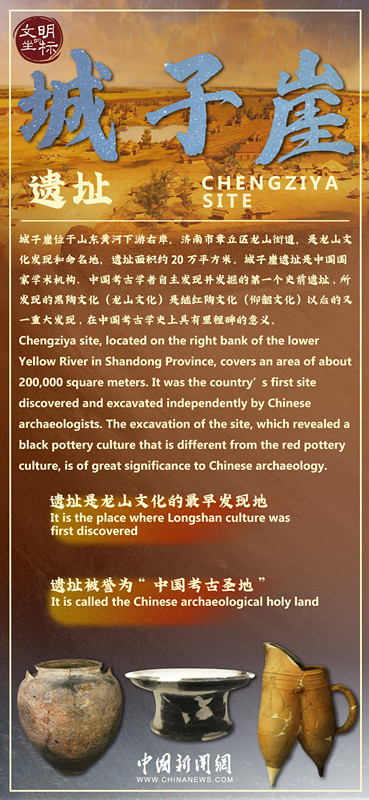
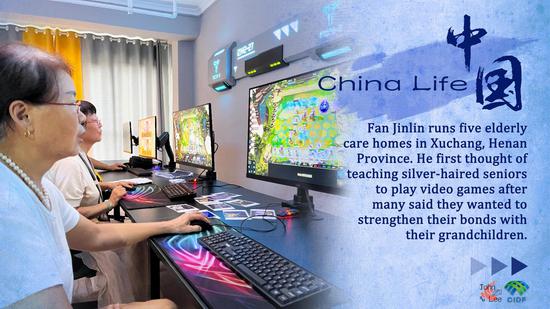


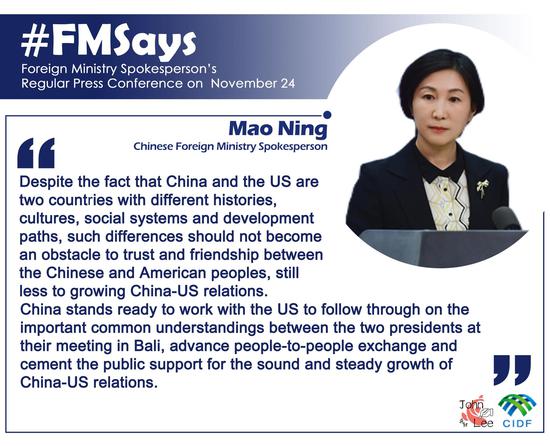






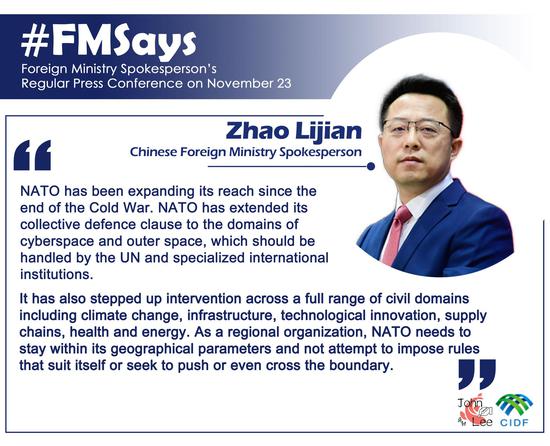

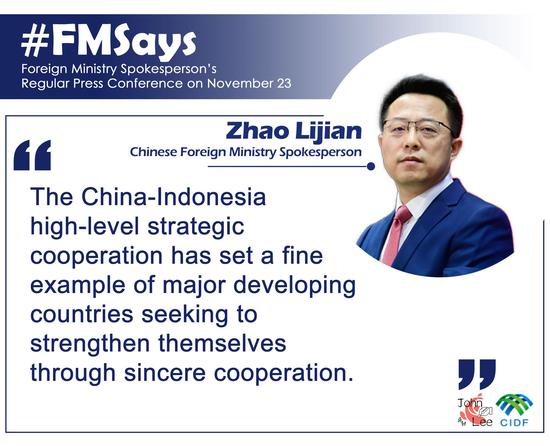


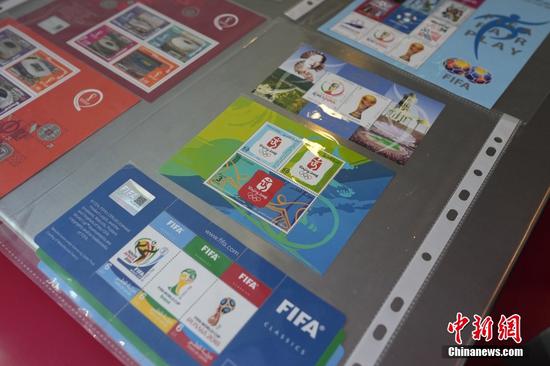


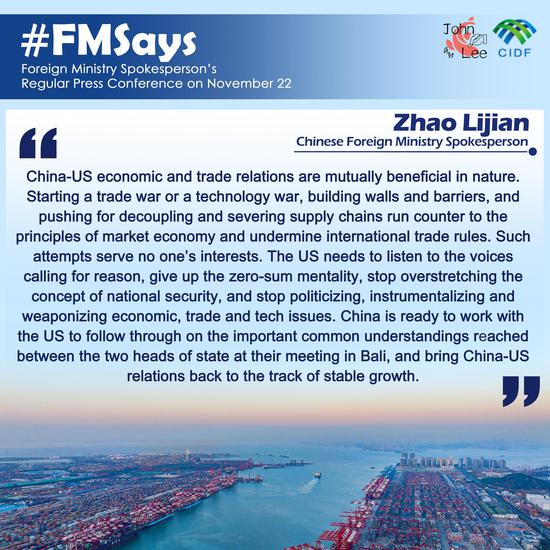
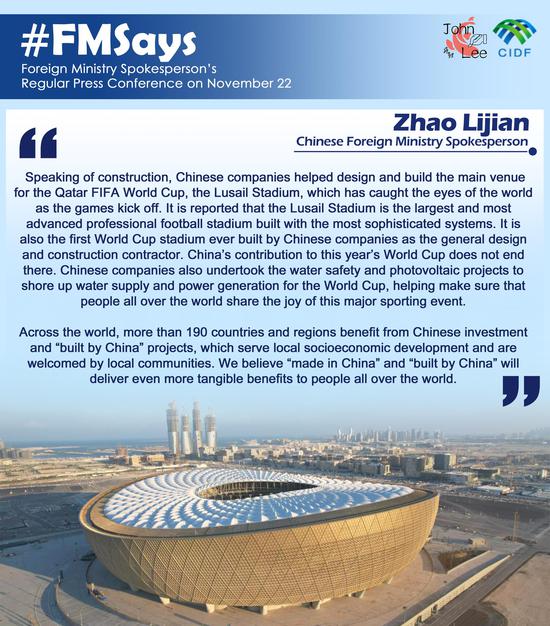






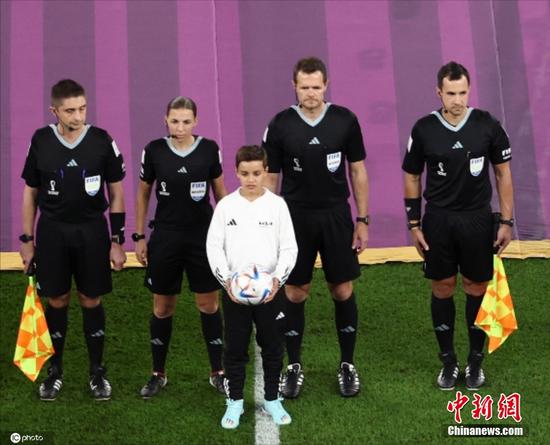







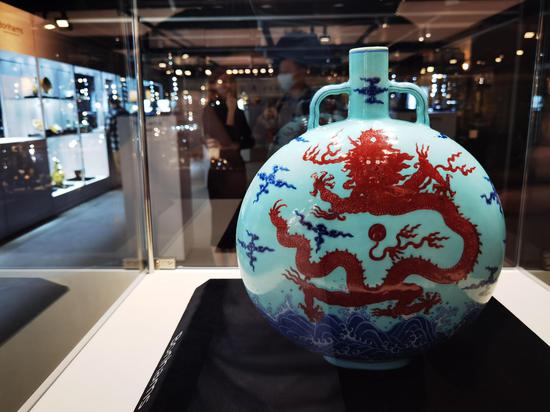


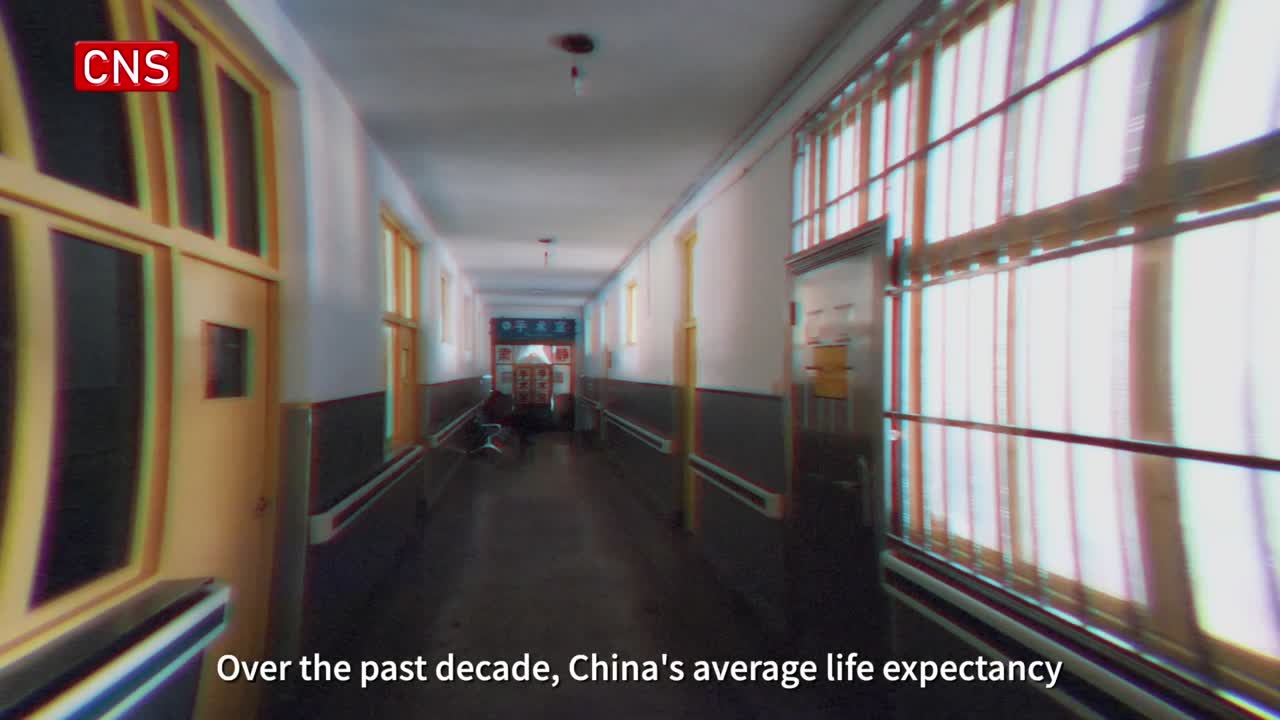



 京公网安备 11010202009201号
京公网安备 11010202009201号